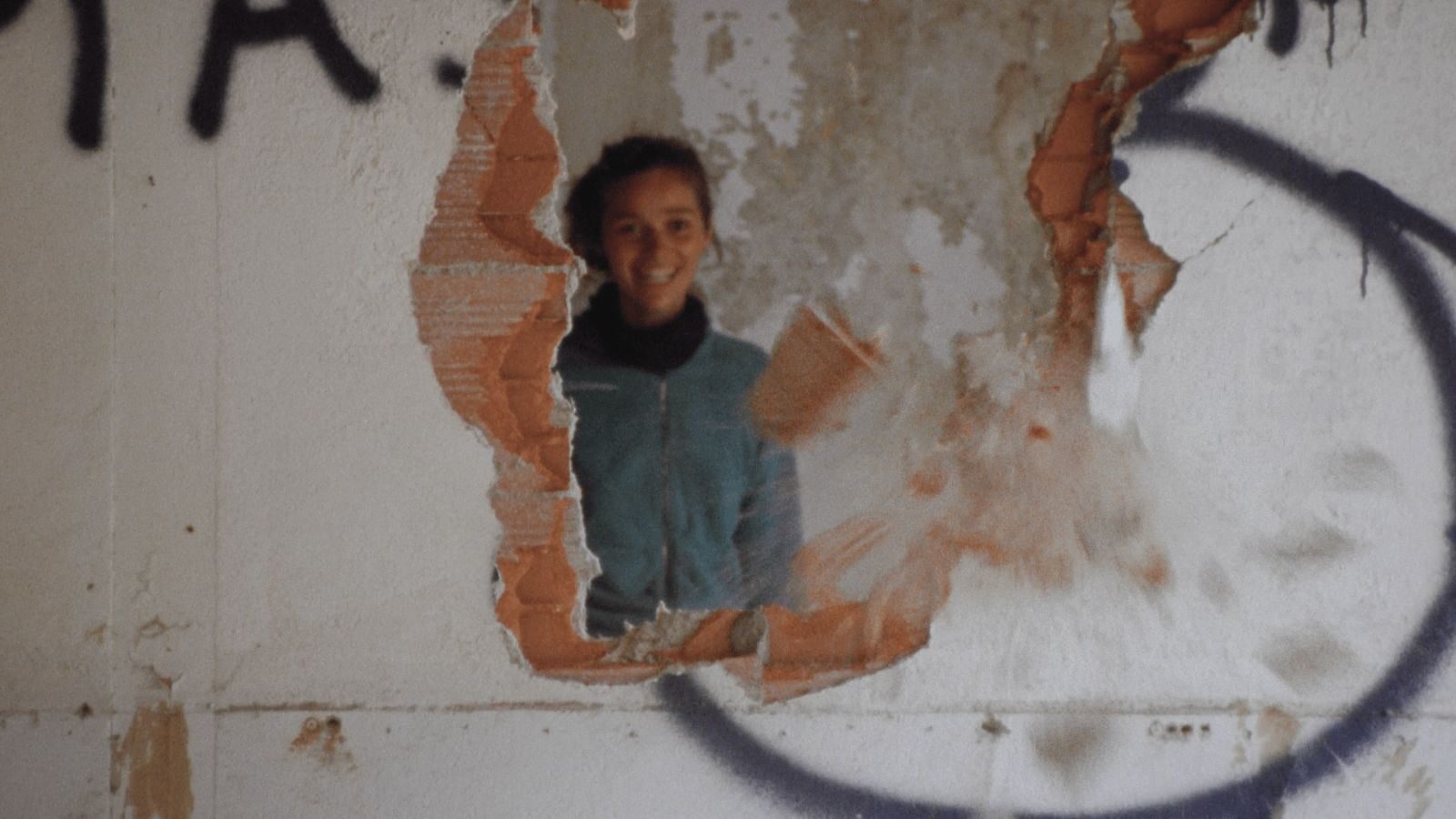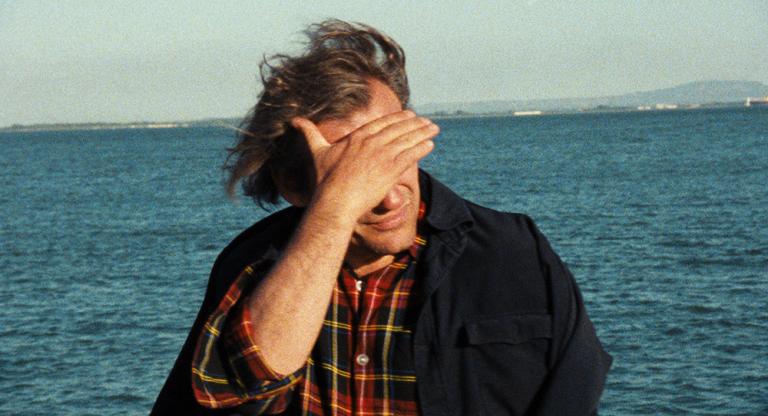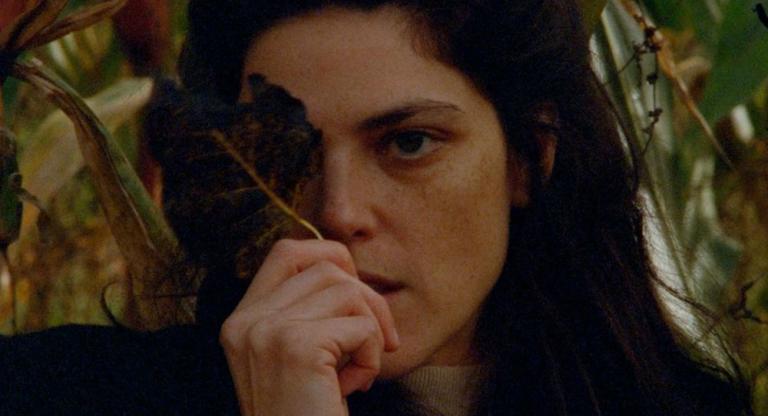Guillame Cailleau and Ben Russell’s DIRECT ACTION (2024) begins its U.S. theatrical run in an atmosphere of heightened crisis. Headlines regularly announce ongoing ecological destruction, state-backed genocide, corporate malfeasance, and crackdowns on dissent. Having won the Golden Bear at the now defunct Encounters sidebar at last year’s Berlinale, this documentary introduces audiences to the quotidian rhythms of the ZAD de Notre-Dames-des-Landes (ZAD NDDL), an autonomous community occupying over 4000 acres of farmland in the Loire-Atlantique department of France. Shot in super 16mm, Cailleau and Russell distill revolutionary life to the slow-burn poetry of collective life and labor, rather than the sensationalized violent images 24-hour news cycle’s trade in.
Those who only engage with contemporary activism from behind screens may only be familiar with the kinetic spectacle of pitched confrontations and frenzied street battles. These are encounters that almost always end with zip ties and tramline bruises. They result in images of the beaten and detained that become discursive objects in the political arena, images that become de-individualized, often serving as collective subjects of reactionary ridicule or dogmatic martyrdom. From the 1968 Chicago Democratic Convention to the Gilets Jaunes protests, revolutionary struggles in the Western world are more often than not nothing more than flames that burn too bright and too fast. In DIRECT ACTION’s opening, Russell interviews an occupant off camera as they cycle through video files shot in 2018. Rows of gendarmes stand guard as a Komatsu crane tears through an occupant's home in the ZAD NDDL. Protestors gather in defiance, chanting taunts at the riot cops. The next video captures a grassy plain in wide as plumes of tear gas dissipate over the pastoral landscape. While the filmmakers return to these sequences of chaos in the film's last act, most of Direct Action avoids such violent footage.
DIRECT ACTION shows that life outside the realm of states and corporations is deeply intertwined with the natural landscape. Occupants work the land and harvest its fruits. A prolonged close-up of calloused hands picking and sorting through weeds seamlessly transitions into another pair making bread from scratch. Despite its long takes—some lasting up to 10 minutes—the film’s layered sound design creates continuity between disparate spaces on the ZAD. Whether we are watching a smith strike hot iron, children at a birthday celebration, or a person laboriously filing individual chainsaw blades, birdsong and rustling foliage linger in the backdrop. Even before going above the clouds in a high-flying drone shot of the territory, the film sonically maps the community. This is a polity tied together by land and labor, not by dollars and fiber-optic cables.
Cailleau and Russell are not only re-examining spatial relationships to resistance, but they also construct the alternative temporal experience of communal living. Filmed over 100 days, often only collecting one shot per day, the duo spent most of their time embedding themselves into the ZAD. During a Q&A at New York Film Festival last year, Russell explained that most of their time was spent “working with, sleeping next to, cleaning, cooking, kind of trying to understand what it felt like to be at [the ZAD], as opposed to what it did concretely.” Though the 216-minute runtime moves faster than one might expect, the film’s length is essential in recreating the flow of time at the ZAD. Occupants do not structure their day on when global markets open and close, nor are they held captive by the 24-hour media cycle. Time is instead defined by long periods of waiting: for seasons to change, harvests to ripen, and the claws of the state to inevitably re-emerge from beyond the treeline.
DIRECT ACTION screens today through April 17 at Anthology Film Archives.



